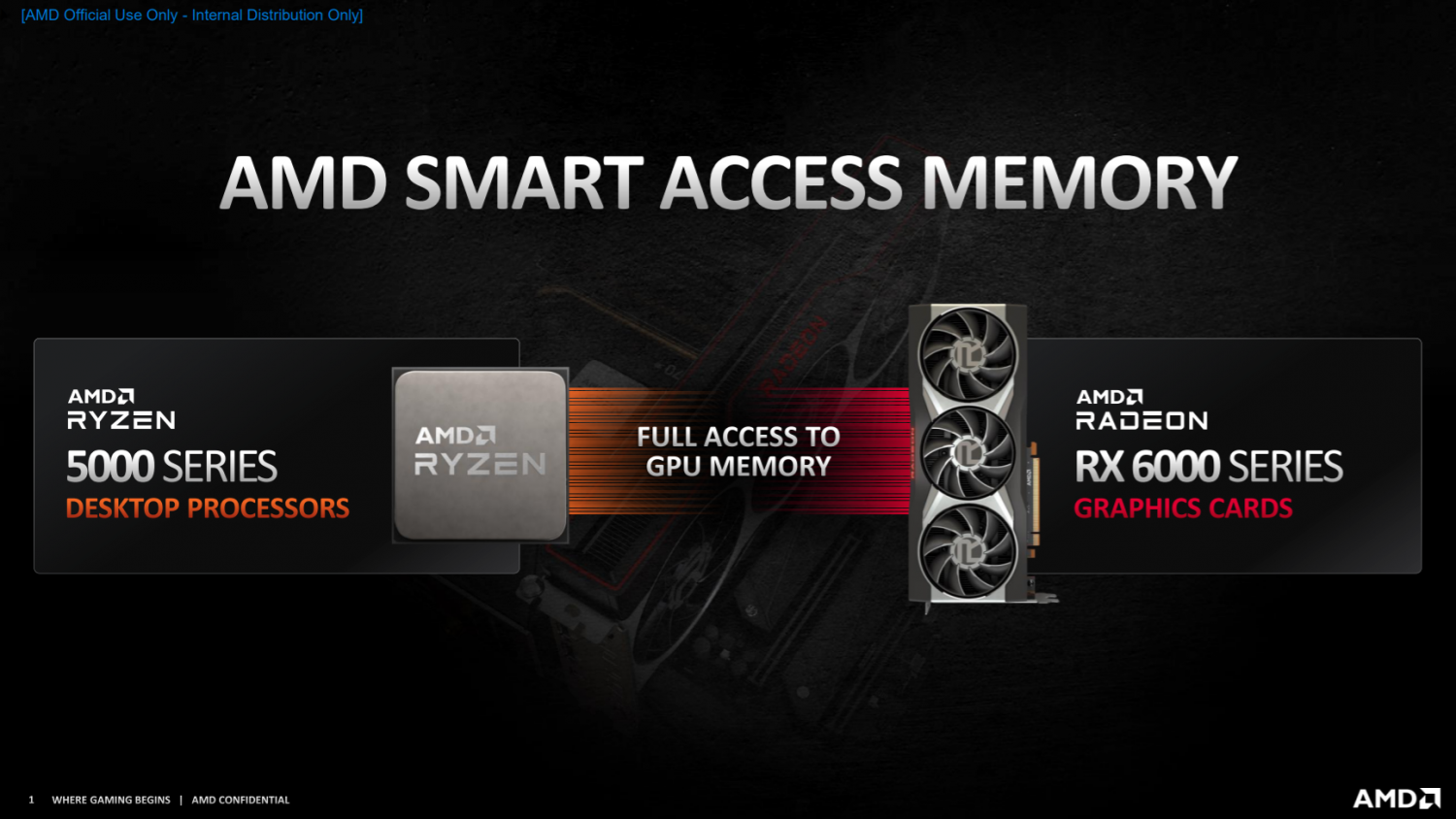What do you mean exactly? To my understanding, those are all effects used in real time. Or are you looking for split-millisecond figures broken down per frame?
In real time you have to compromise on the count of rays used. So for example reflections only cover a short distance from the camera (so you get pop-in as the camera moves) and reflections are blurry due to low sample count.
It's similar to how there's a limited count of filtered texels that you can fit into a frame (bandwith and filtering throughput restrictions apply as well as quality of latency hiding). Ray casts/bounces are notionally "budgeted" per frame, with additional problems to deal with like BVH build/update.
In using the "ray budget", you then have to decide which effects you want to use. At the same time you have to decide how much quality each effect gets. And how to make quality scalable (low, medium, high settings).
Something like GI, which shows the greatest count of rays in the image you posted, misses a typical real time rendering technique: temporal accumulation. e.g. 1 sample per 25 pixels per frame is enough, and over 5 or 15 frames that will provide a "high quality" result (using jittered sampling, say). That's why I compared ray traced GI with SVOGI in CryEngine, because there are games that already do high quality GI whilst not using hardware accelerated ray tracing.
So this tells us that while the ideal for GI requires a high ray count, in a real time game the ray count would be cut down substantially. And it still looks really excellent.
It seems that reflections have become the focus of ray tracing in most games because they're really easy to show in marketing the game. Though Duke Nukem might have something to say about the history of high quality reflections in games.
The shadows in Call of Duty are really nice and they required a lot of R&D to make them practical. It seems it wasn't as simple as they were hoping. Battlefield reflections have problems with pop-in and depend heavily upon screen space imposters. Watch Dogs: Legion also has problems with pop-in and uses screen space reflections a lot of the time.
What's unclear to me is how developers are currently assessing the ray-budget versus image quality question, when deciding how to use ray tracing in their games.

